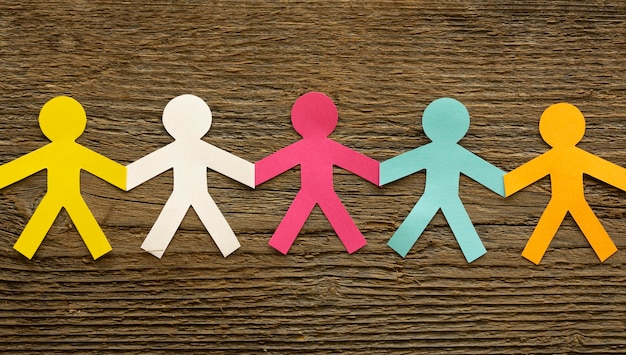
ABA therapy (also known as Applied Behavior Analysis) is a common intervention used to aid children with autism or other developmental delays. While this type of treatment is often misunderstood, ABA therapy is a great option for kids because it has been proven to have significant positive impacts on their development and long-term outcomes. This article will outline what ABA therapy is, explain how it works, and give you some examples of activities that could be part of an ABA program.
What is ABA Therapy?
ABA therapy is an evidence-based practice that uses behavioral principles to support children as they learn. This type of therapy has a wide range of applications, from helping kids with developmental delays improve their cognitive skills to improving social skills for kids on the autism spectrum.
The ABA technique is based on a scientific understanding of human behavior and how people learn. It works to strengthen skills that are most relevant to the child’s current developmental stage and then connecting the new skills to new challenges in the environment. ABA therapy is often delivered by a team of people, including a therapist, a parent/caregiver, and the child themselves.
How does ABA therapy work?
ABA therapy looks at a child’s developmental stage and skill level and then targets the most relevant skills to strengthen. It then works on building a child’s language and communication skills, sensory skills, and motor skills. The skills targeted through ABA therapy may include:
- Language/Communication: The acquisition and use of symbols, signs, or words.
- Social skills: A variety of skills that help a person get along with others. These include recognizing emotions and regulating one’s own emotions.
- Cognitive skills: The skills that are related to thinking. These include following directions, completing tasks, and solving problems.
- Sensory skills: A child’s understanding of how their body responds to different types of stimulation and how to regulate these responses.
Is ABA Therapy only for children with autism?
ABA therapy is often used to help kids on the autism spectrum, but it can also be applied to children with other developmental delays.
- A child with autism may have trouble with social skills, language skills, or cognitive skills. ABA therapy can be helpful for all of these areas.
- If a child has a sensory processing disorder, ABA therapy can help the child learn to regulate their sensory system and identify when they need to take breaks from sensory input.
Who Provides the ABA Therapy?
ABA therapists have specific qualifications and training, and they must be licensed in the state where they are practicing, check out Sunshine Advantage if you’re looking for one. There are also specific requirements for the supervision of ABA therapists.
- ABA therapy is best delivered by a team of people, including a therapist, a parent/caregiver, and the child themselves. The therapist acts as a coach, guiding the parents and child through the various activities that are necessary for learning to occur.
- ABA therapy is best delivered in a 1:1 or small group setting.
What does an ABA program look like?
ABA programs are set up based on the child’s developmental level. The programs are designed to help children meet their developmental milestones as quickly as possible, so parents and therapists can transition to more advanced skills as the child progresses. ABA programs are highly structured and require a lot of practice. This means that kids will often spend between 3-8 hours per week on ABA therapy. That may seem like a lot, but it’s important for kids to practice these skills often so they can build strong foundations for the future.
Summing up
ABA therapy is a great option for kids because it has been proven to have significant positive impacts on their development and long-term outcomes. One of the biggest benefits of ABA therapy is that it is highly individualized. ABA therapists work with each child and their family to develop a program that is best for that specific child.